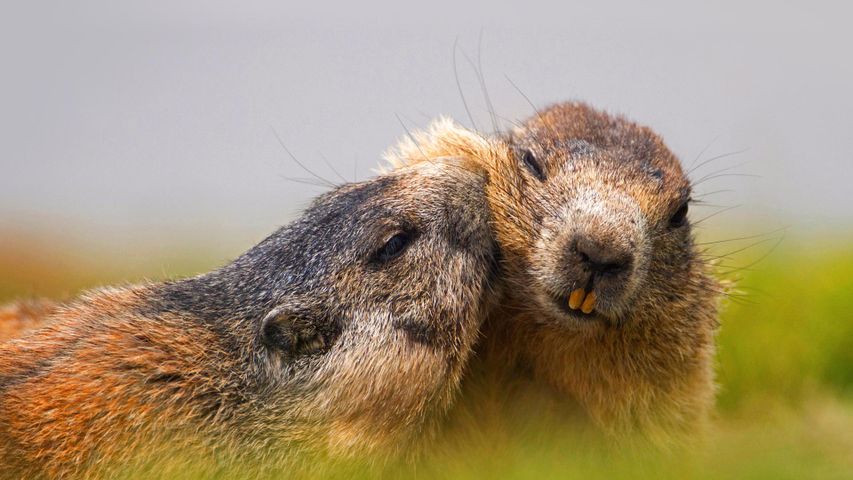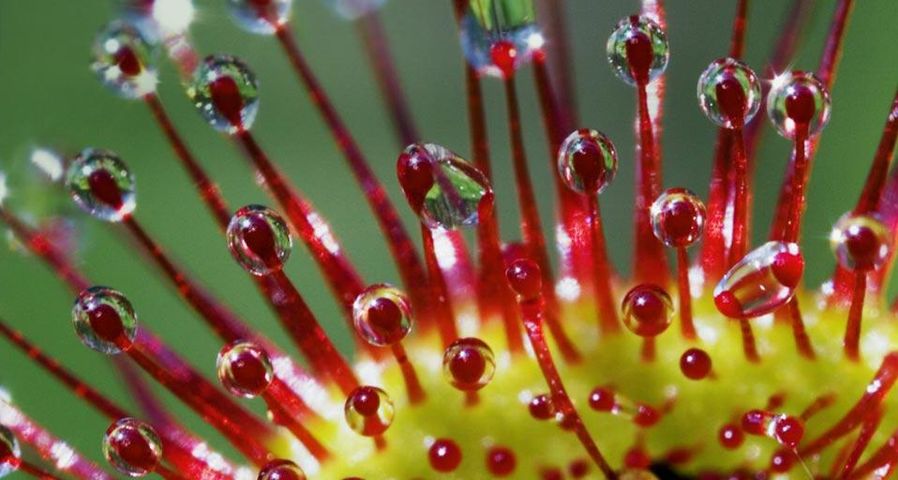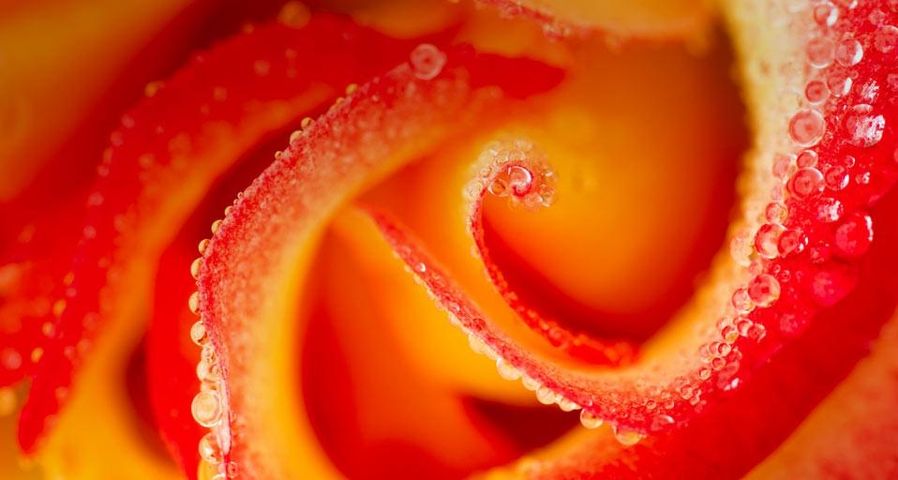Bee tending a honeycomb
© Simun Ascic/Alam
Bee tending a honeycomb
Check out this tiny golden chef in its natural element! Buzzing beauty in every drop of honey, these winged insects play a vital role in preserving biodiversity and agriculture. Bees come in a range of sizes, from just 2 millimetres all the way up to 4 centimetres in length, there are over 20,000 known species. They are one of the most important pollinators in the world. They help keep trees, flowers and crops to stay alive, which helps secure food chains and boost biodiversity. It's no overstatement to say that bees are vital for humans' survival. Honey bees, like the one in today's image, construct nests from wax and produce a surplus amount of honey from nectar. This excess means that humans can harvest honey without endangering the bees themselves. The western honey bee is the most common species; humans have been keeping bees in artificial hives for around 10,000 years.
Related Images
Bing Today Images





 Common sunflower (Helianthus annuus)
Common sunflower (Helianthus annuus)
 Prairie crocus, Sandilands Provincial Forest, Manitoba, Canada
Prairie crocus, Sandilands Provincial Forest, Manitoba, Canada
 Alpine marmots at Hohe Tauern National Park, Austria
Alpine marmots at Hohe Tauern National Park, Austria
 Banksia flower on Fraser Island in Queensland, Australia
Banksia flower on Fraser Island in Queensland, Australia
 Cricket balls sitting together
Cricket balls sitting together
 Tentacles of Roundleaved Sundew
Tentacles of Roundleaved Sundew
 Close-up of raindrops on a Madame A. Meilland "Peace" rose
Close-up of raindrops on a Madame A. Meilland "Peace" rose
 Green lacewing eggs
Green lacewing eggs

